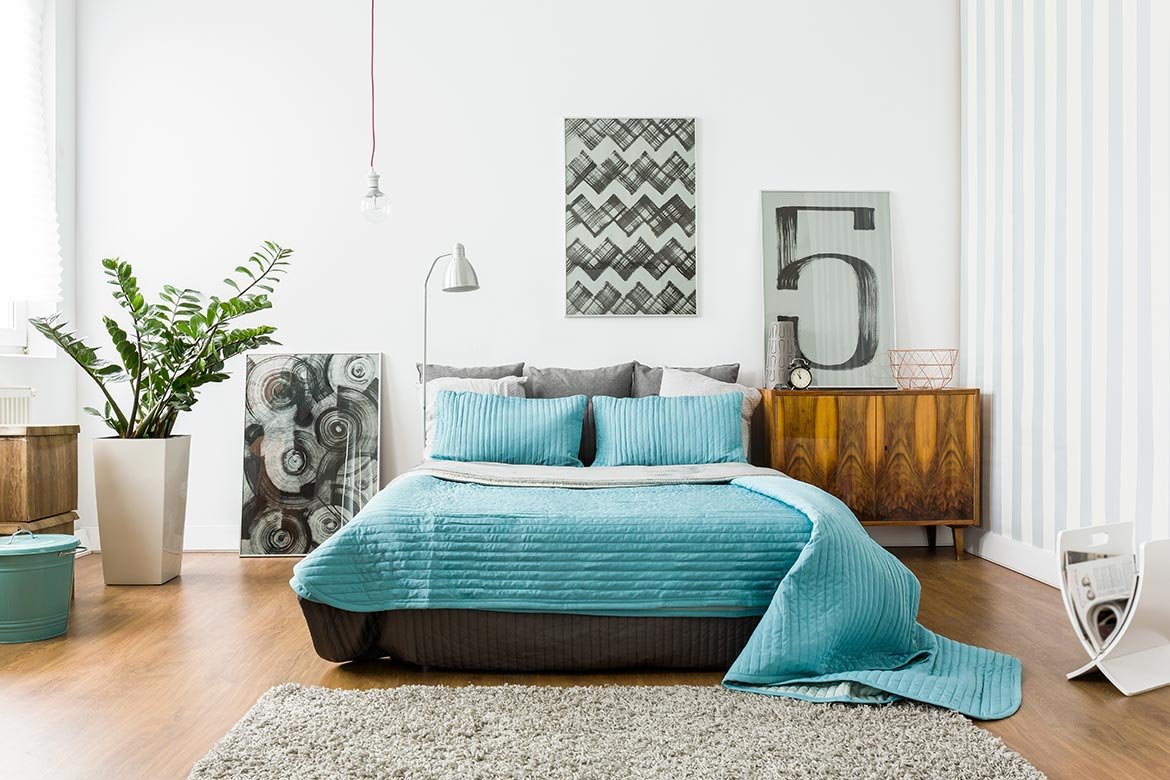When you think of home decor, you probably picture plush furniture, elegant lighting, and eye-catching wall art. But what if we told you one of the most underrated interior design elements is hiding in your bookshelf? That’s right—the fabric on hardcover books, known as bookcloth, is making a surprise appearance as a design darling. With its rich textures, understated sophistication, and vintage charm, bookcloth is more than just a protective covering for novels. It’s a decor enthusiast’s secret weapon.
In this article, we’ll explore how to use bookcloth as a stylish material in home decor. From upcycling projects to DIY crafts, this 5,000-word guide is your ultimate resource to transforming literary charm into interior beauty.
What Is Bookcloth?
Bookcloth is a durable fabric traditionally used to bind hardcover books. It’s made from cotton, linen, or synthetic fibers and often treated with starch or acrylic coatings to increase its resilience.
Key Characteristics:
-
Soft yet sturdy
-
Available in a wide range of colors and textures
-
Matte, satin, or glossy finishes
-
Adhesive backing (in some versions)
Historically, bookcloth has graced the covers of everything from classic novels to modern coffee table books, but its aesthetic and tactile appeal make it ripe for reinvention.
Why Bookcloth Is Perfect for Home Decor
1. Rich Texture
The fabric’s weave and tactile surface add depth to flat decor elements.
2. Color Variety
Available in everything from jewel tones to soft pastels, bookcloth suits nearly any interior palette.
3. Durability
Originally designed to protect books for decades, bookcloth stands up well to wear and tear.
4. Eco-Friendly Options
Many bookcloths are made from natural fibers and can be sourced from upcycled or vintage books.
5. Vintage Appeal
Its historical connection adds an old-world charm, especially in eclectic or antique-inspired spaces.
10 Clever Ways to Use Bookcloth in Home Decor
1. Lining Drawers & Shelves
Give old furniture a fresh update by lining drawers with bookcloth.
-
Tools Needed: Bookcloth, adhesive spray, scissors
-
Tips: Match the cloth with your room’s color theme for a cohesive look.
2. Framed Bookcloth Art
Treat richly colored or patterned bookcloth as textile art.
-
Frame swatches in minimalist frames
-
Create a collage with different colors or textures
3. Furniture Accents
Use bookcloth to cover drawer faces or tabletops.
-
Great For: Nightstands, side tables, and IKEA hacks
-
Finish: Use Mod Podge or varnish for a sealed look
4. DIY Lampshades
Replace traditional fabric with bookcloth on lampshades for a literary twist.
-
Light Filtering: Opt for lighter cloths for more illumination
5. Wall Panels or Wallpaper
Apply bookcloth to MDF boards and mount as wall decor or full-on wallpaper.
-
Benefits: Adds texture and warmth
-
Installation: Use strong adhesive and a roller for smooth application
6. Coasters and Placemats
Bookcloth’s durability makes it great for dining accessories.
-
Laminate for water resistance
-
Back with cork or felt
7. Custom Bookends
Wrap bricks, wood blocks, or metal bookends in bookcloth for a tailored touch.
-
Coordinate with your bookshelf colors
8. Upcycled Storage Boxes
Cover cardboard or wooden boxes in bookcloth.
-
Use: Organize craft supplies, magazines, or children’s toys
9. Pillow Covers
Though unconventional, sturdy bookcloth can be used for decorative pillow fronts.
-
Style Tip: Mix with softer fabrics like velvet or linen
10. Tech Accessories
Create or customize laptop sleeves, mouse pads, or notebook covers with bookcloth.
-
Adds a scholarly charm to workspaces
Where to Source Bookcloth
1. Craft Stores & Bookbinding Suppliers
Many retailers sell bookcloth by the yard.
2. Upcycle Old Books
Gently remove the cloth from old hardcover books for a sustainable option.
3. Online Marketplaces
Etsy, eBay, and specialty shops often offer unique and vintage bookcloth.
4. Libraries or Book Sales
Discarded or damaged books can be a goldmine.
Tips for Working with Bookcloth
-
Pre-Ironing: Smooth out wrinkles before applying
-
Adhesive Selection: Use craft glues, spray adhesives, or double-sided tape
-
Cutting Tools: Sharp scissors or rotary cutters
-
Test First: Check how the cloth responds to glue and sealants
Design Styles That Benefit from Bookcloth Decor
1. Mid-Century Modern
Bookcloth’s clean lines and solid colors pair well with teak and walnut tones.
2. Cottagecore & Rustic
Linen-textured cloth enhances cozy, vintage aesthetics.
3. Industrial Chic
Use bookcloth to soften the harsh edges of metal and concrete.
4. Minimalist
Choose neutral tones and let texture take center stage.
5. Bohemian
Mix and match colors and patterns for an eclectic vibe.
Final Thoughts
Bookcloth is more than a publishing afterthought—it’s a versatile, elegant, and surprisingly durable fabric that offers endless potential in home decor. Whether you’re lining drawers, crafting coasters, or transforming furniture, this literary textile invites creativity and sophistication into any space.
Ready to bring your home decor to the next chapter? Start experimenting with bookcloth and discover the beauty of turning your bookshelf into a style statement.
What will you create with bookcloth? Share your ideas in the comments or tag us on social media with #BookclothDecor!


